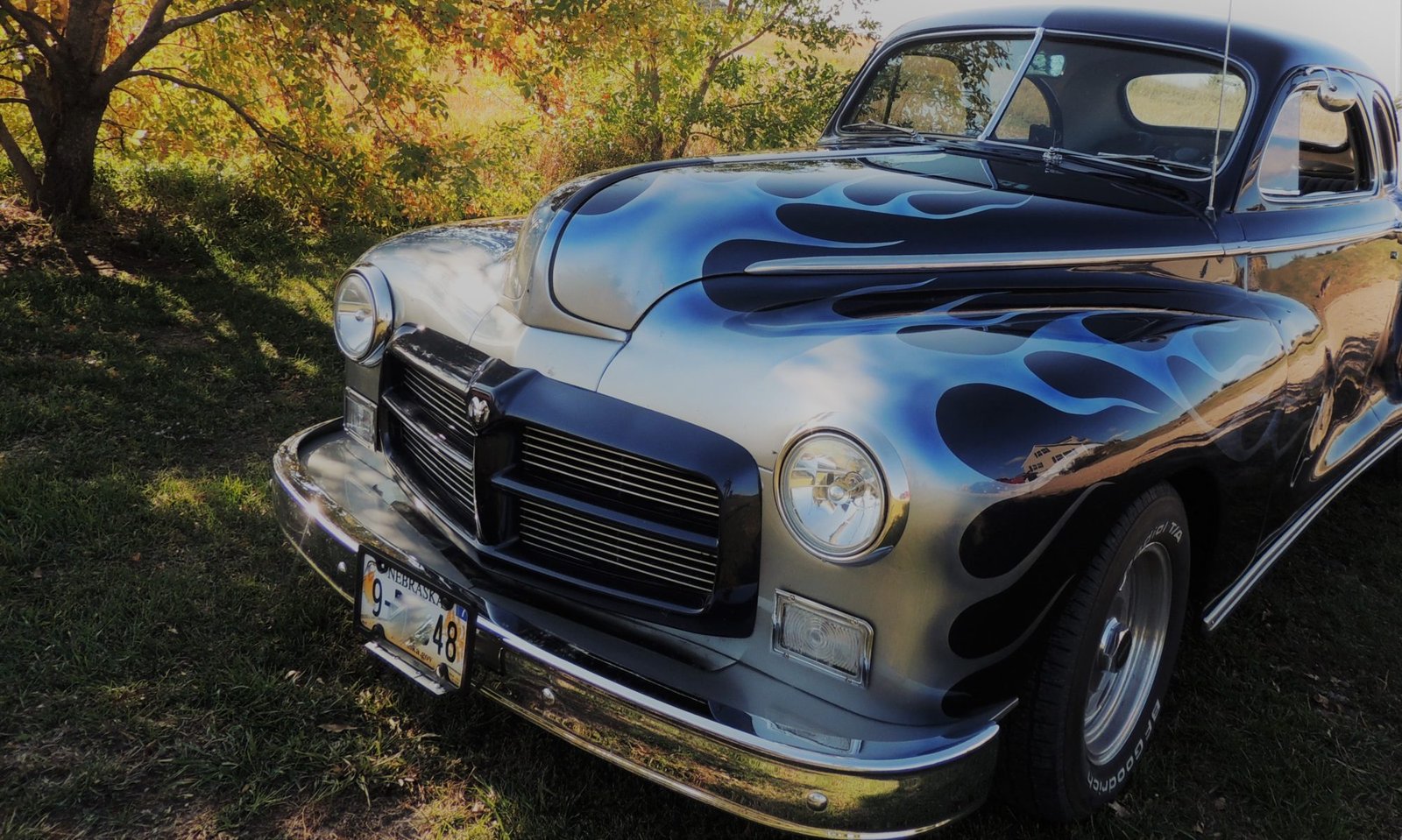From the September 17, 1916, issue of The Butte Miner:
What is the difference between a coupe and coupelet, a touring car and a salon touring car? Here it is with other body types and distinctions officially determined lately by the nomenclature division of the Society of Automobile Engineers.
Roadster-An open car seating two or three. It may have additional seats on running boards or in rear deck.
Coupelet-Seats two or three. It has a folding top and full-height doors with disappearing panels of glass.
Coupe-An inside operated, inclosed car seating two or three. A fourth seat facing backward is sometimes added.
Convertible Coupe—A roadster provided with a detachable coupe top.
Clover Leaf-An open car seating three or four. The rear seat is close to the divided front seat and entrance is only through doors in front of the front seat.
Touring Car-An open car seating four or more with direct entrance to the tonneau.
Salon Touring Car-A touring car with passage between front seats, with or without separate entrance to front seat.
Convertible Touring Car-A touring car with folding top or removable glass sides.
Sedan-A closed car seating four or more all in one compartment.
Convertible Sedan—A salon touring car provided with a detachable top.
Open Sedan-A sedan so constructed that the sides can be removed or stowed so as to leave the space entirely clear from the glass front to the back.
Limousine—A closed car seating three to five inside, with driver’s seat outside, covered with a roof.
Open Limousine—A touring car with permanent standing top and disappearing or removable glass sides.
Berline—A limousine having the driver’s seat entirely inclosed.
Brougham-A limousine with no roof over the driver’s seat. more inside, and driver’s seat outside.
Landaulet-A closed car with folding top, seats for three or more inside and driver’s seat outside.




























































